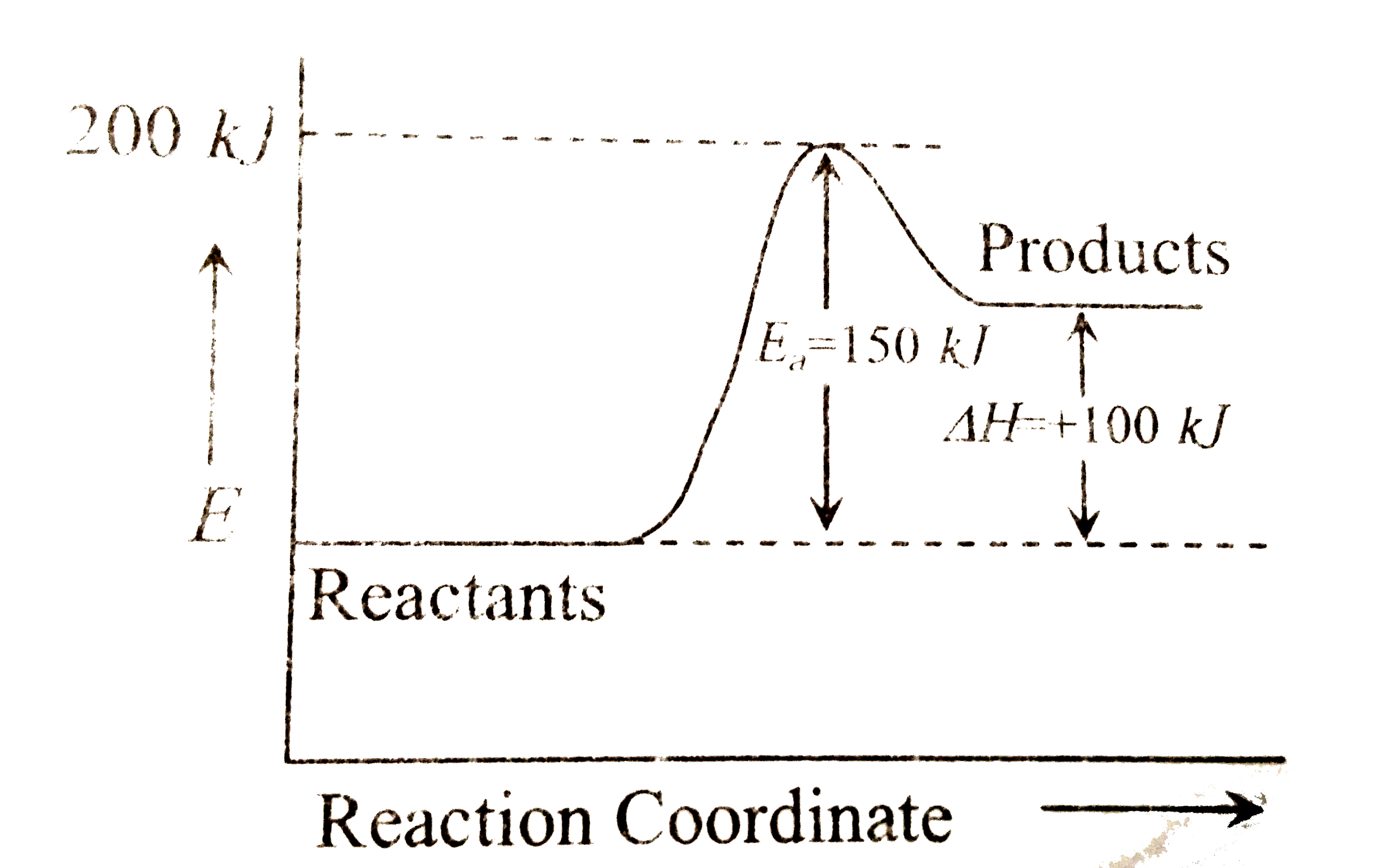Which graph shows zero activation energy ?
A
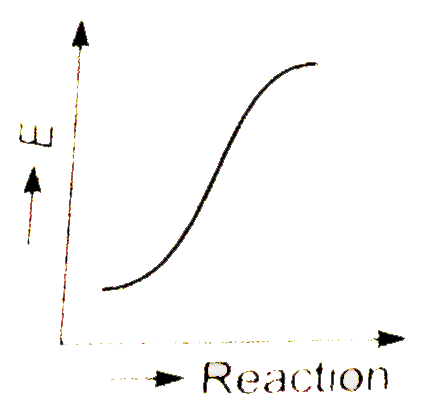
B
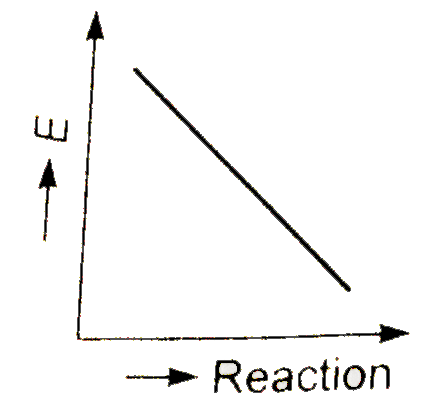
C
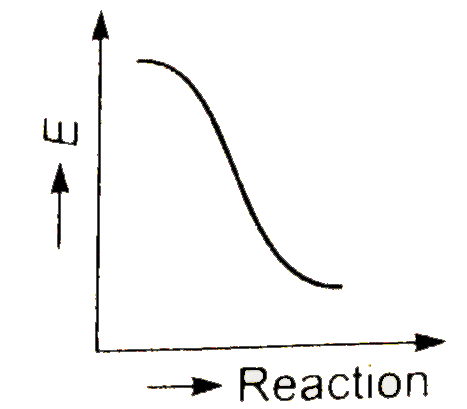
D
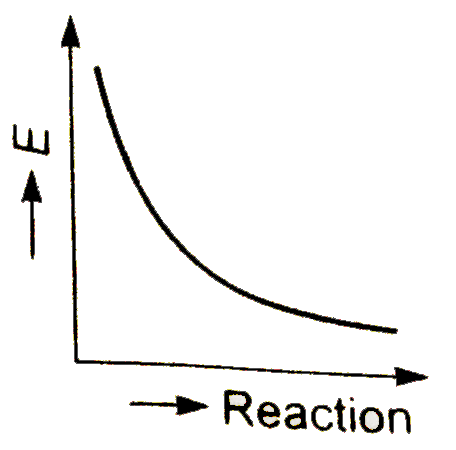
Video Solution
Text Solution
The correct Answer is:C
|
Answer
Step by step video, text & image solution for Which graph shows zero activation energy ? by Chemistry experts to help you in doubts & scoring excellent marks in Class 12 exams.
Updated on:21/07/2023
Topper's Solved these Questions
- BOOK - NARENDRA AWASTHICHAPTER - CHEMICAL KINETIC & NUCLEAR CHEMISTRYEXERCISE - Level 1 (Q.3 To Q.32)2videos
CHEMICAL KINETIC & NUCLEAR CHEMISTRY
- BOOK - NARENDRA AWASTHICHAPTER - CHEMICAL KINETIC & NUCLEAR CHEMISTRYEXERCISE - Level 1 (Q.33 To Q.62)3videos
CHEMICAL KINETIC & NUCLEAR CHEMISTRY
- BOOK - NARENDRA AWASTHICHAPTER - SURFACE CHEMISTRYEXERCISE - Level 3 - Assertion - Reason Type Questions1videos
SURFACE CHEMISTRY
Similar Questions
Knowledge Check
- Question 1 - Select One
In the given graph the activation energy, Ea for the reverse reaction will be

Activation energy for the reverse reaction will beA100 kJ/moleB140 kJ/moleC60 kJ/moleD40 kJ/mole - Question 2 - Select One
Which graph shows how the energy E of a photon of light is related to its wavelengths (λ)?
A B
B C
C D
D
- Question 3 - Select One
Study the following graph of the concept of activation energy given below. Select the correct option for stages labeled A to D
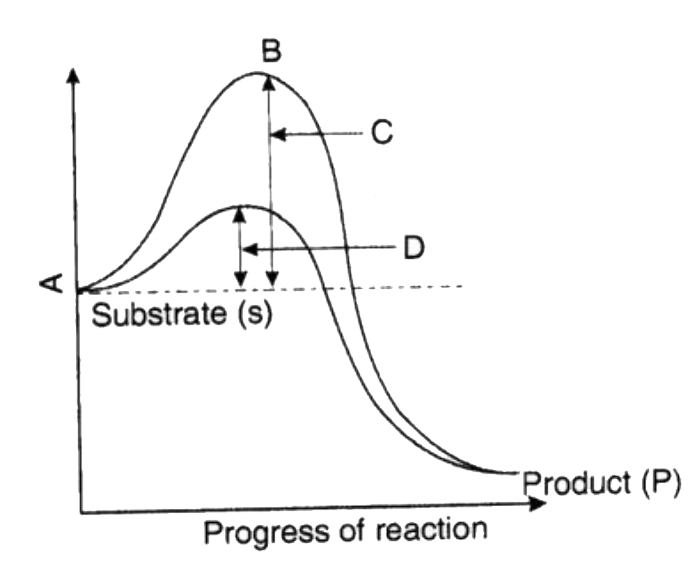 AABCDTransition statePotential energyActivation energy without enzymeActivation energy with enzymeBABCDkinetic energyPotential energyActivation energy without enzymeActivation energy with enzymeCABCDkinetic energyTransition energyActivation energy without enzymeActivation energy with enzymeDABCDPotential energyTransition energyActivation energy without enzymeActivation energy with enzyme
AABCDTransition statePotential energyActivation energy without enzymeActivation energy with enzymeBABCDkinetic energyPotential energyActivation energy without enzymeActivation energy with enzymeCABCDkinetic energyTransition energyActivation energy without enzymeActivation energy with enzymeDABCDPotential energyTransition energyActivation energy without enzymeActivation energy with enzyme
Study the following graph of concept of activation energy given below. Select the correct option for stages labelled A to D.
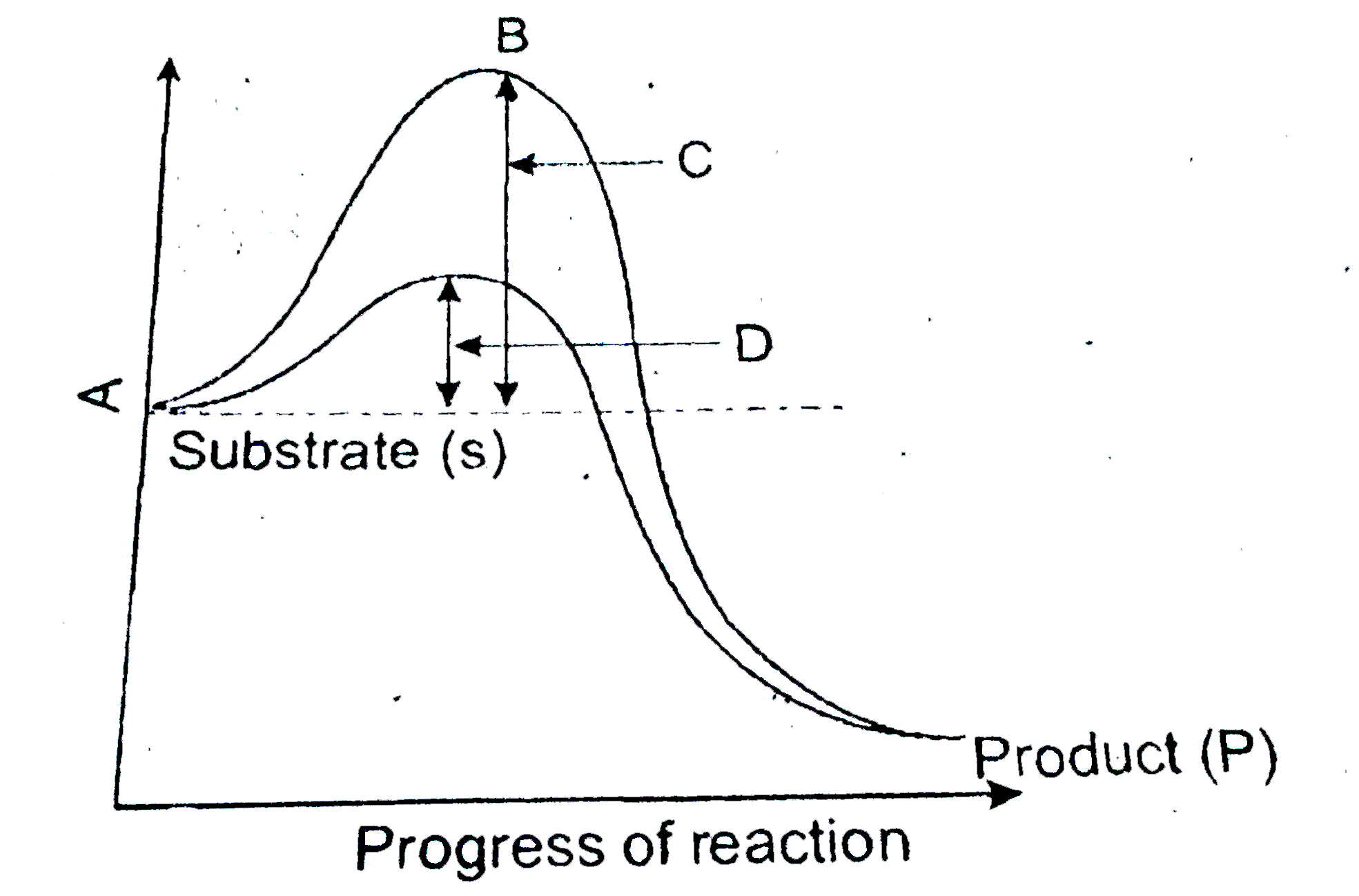 View Solution
View SolutionWhich of the following reactions has Zero activation energy?
View SolutionCan a reaction have zero activation energy ?
View SolutionWhich graph shows how the energy E of a photon of light is related to its wavelengths (λ)?
View SolutionUsing following graph find activation energy (in KJ)
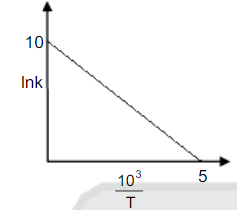 View Solution
View Solution


